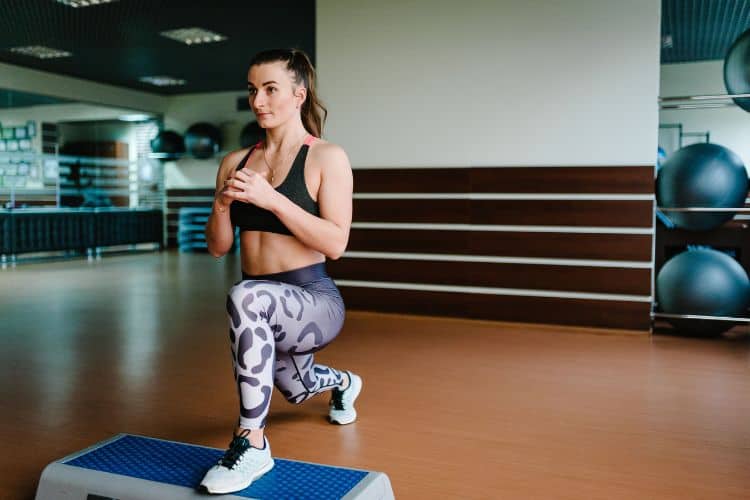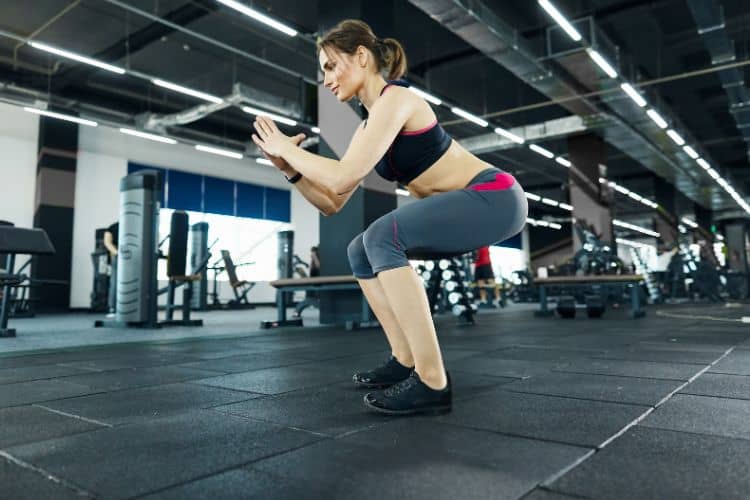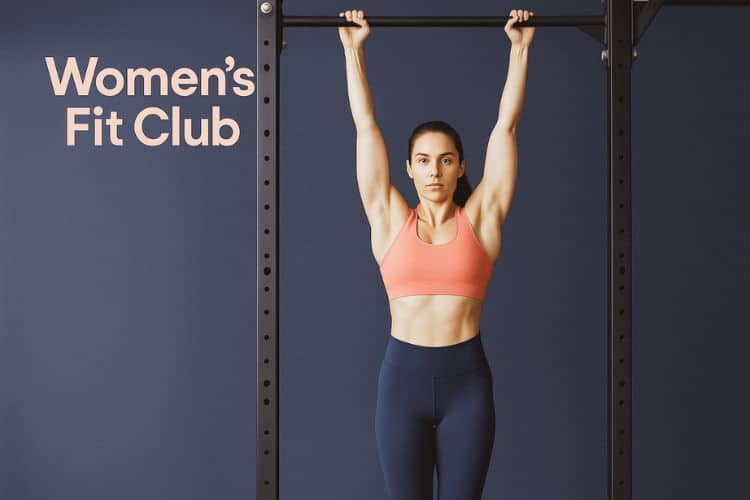Sign up for workout ideas, training advice, reviews of the latest gear and more.






If you want to build incredible upper-body strength, develop a toned back and arms, and improve grip and core stability — a calisthenics pull-up bar workout is one of the best ways to do it. This minimal-equipment training approach uses your body-weight as resistance, allowing you to train anywhere — at home, at the park, or in the gym. In this guide, you’ll learn everything you need to know about pull-up-bar calisthenics workouts: warm-up techniques, beginner progressions, advanced movement variations, and training tips for muscle growth.
A calisthenics pull-up bar workout combines body-weight training with bar-based exercises designed to strengthen your upper body — especially your back, shoulders, biceps, and core. Unlike weight training, which relies on external resistance, calisthenics builds functional strength by improving control over your own body-weight.
These workouts often include pull-ups, chin-ups, hanging leg raises, and static holds — each targeting different muscle groups while enhancing grip endurance and stability.
Pull-up bar training enhances natural movement strength, improving your ability to lift, pull, and stabilize your body. It recruits multiple muscle groups simultaneously, mimicking real-world movement patterns.
Performing regular pull-ups and hanging exercises sculpts your back, shoulders, arms, and abs — creating a lean and athletic upper body.
Every exercise on the bar requires grip endurance, which develops your forearms and hand-strength — vital for overall athletic performance.
Strengthening your posterior chain (back, lats, and shoulders) helps correct slouching, improving postural alignment and reducing back pain.
Pull-up bar calisthenics engage your core during nearly every rep, training your abs to stabilize your spine and improve balance.
If you’re looking for more workout ideas to pair with your pull-up bar routine, check out the full-body routines available on the Women’s Fit Club blog. → Explore full-body workouts.
A well-rounded pull-up bar workout targets nearly every muscle in your upper body:
For nutrition tips to support muscle recovery and growth, visit our article on post-workout meals.
Before beginning your calisthenics pull-up bar session, a proper warm-up is essential to prevent injury and enhance mobility.
These movements increase blood flow and prepare your joints for the pulling intensity ahead. If you’d like a full mobility routine tailored for calisthenics, check out the mobility and stretching section at Women’s Fit Club. → Mobility & Stretching Guide.
If you’re new to calisthenics or still working toward your first pull-up, start with these beginner-friendly exercises. The focus should be on mastering form, building grip strength, and learning to control your body-weight.
Grip the bar shoulder-width apart and hang with your arms extended. Engage your shoulders slightly by pulling them down and back. This builds grip strength and shoulder stability.
Hang from the bar and pull your shoulder blades down without bending your elbows. Hold briefly, then release. This strengthens your scapular muscles for proper pull-up form.
Start at the top of the pull-up (chin above the bar) and slowly lower yourself down over 3–5 seconds. This eccentric training builds strength for full pull-ups.
Set a lower bar or use gymnastic rings. Pull your chest toward the bar while keeping your body straight. Great for back and arm development.
Hang from the bar and lift your knees toward your chest. Focus on engaging your abs and controlling the movement.
Beginners may also pair this pull-up bar routine with a gentle full-body workout from Women’s Fit Club to ensure overall strength. → 3-Day Full Body Workout Split.
Once you can perform 5-10 strict pull-ups, progress to more challenging movements that enhance strength and endurance.
Keep your grip slightly wider than shoulder-width, pull your chin above the bar, and lower slowly under control.
Use an under-hand grip to emphasize the biceps and lower lats. Maintain a straight core throughout.
Hold your legs out straight at a 90° angle while performing pull-ups. This activates your core and increases upper-body tension.
Lift your legs up until they are parallel to the floor, engaging your abs and hip-flexors.
For a full-range core challenge, raise your legs until your toes touch the bar, then lower with control.
Pairing this with high-intensity circuits and full-body movement helps maintain balance and reduce risk of overuse injuries — see our post on 30-Minute Full Body HIIT Workout with Weight Plates.
For experienced athletes, these advanced moves challenge explosive power, stability, and body control.
Pull your chest toward one side while keeping the opposite arm straight. This unilateral exercise increases strength and control.
Explosively pull your chest above the bar and transition into a dip position before lowering back down. This move demands strength, power, and coordination.
Pull up to one side of the bar, move laterally to the other side, and lower down. Excellent for building endurance and upper-back symmetry.
Engage your lats, core, and glutes to hold your body horizontally under the bar. A true test of full-body control.
Start with assisted variations (using bands or your opposite hand for support) and gradually build to full one-arm pull-ups for elite-level strength.
Perform your pull-up bar calisthenics workout 3–4 times per week, allowing at least one rest day between sessions for muscle recovery.
Day 1: Pull-Up & Core Focus
Day 2: Rest or Active Recovery
Day 3: Grip & Back Strength
Day 4: Rest
Day 5: Full-Body Calisthenics Circuit
Using a structured split like this can prevent fatigue and help you stay consistent — you can find additional split recommendations on the site. → Workout Splits for Women Over 30: A Guide to Strength.
Perform each exercise back-to-back with minimal rest. Rest 1–2 minutes between circuits. Complete 3-4 rounds.
This circuit targets your back, biceps, shoulders, and core, delivering a complete upper-body workout with just one piece of equipment.
You don’t need much to get started:
For home workouts, wall-mounted or adjustable doorway pull-up bars are affordable and effective.
Fueling your body is just as important as training.
Consume a balanced diet with lean protein, complex carbs, and healthy fats. Protein aids recovery and muscle repair.
Drink enough water to maintain muscle function and reduce cramps.
Aim for 7–9 hours of sleep per night to support strength and muscle growth.
Incorporate post-workout stretches and foam rolling to enhance flexibility and prevent soreness. If you need help building your recovery and mobility routine, check the site’s health section. → Health & Recovery Tips.
Here’s a 4-week sample progression plan:
Repeat this 4-week cycle, gradually increasing reps, time, or resistance.
This type of training develops a powerful, aesthetic physique without the need for machines or heavy weights. It enhances mobility, coordination, and full-body tension — teaching you how to move efficiently and with control.
Pull-up bar calisthenics not only sculpts your upper body but also boosts mental discipline — the persistence to perform one more rep, hold one more second, or attempt that next advanced skill.
The calisthenics pull-up bar workout is one of the most efficient ways to build a strong, lean, and athletic body. Whether you’re a beginner learning your first pull-up or an advanced athlete aiming for muscle-ups and front levers, consistent practice and proper technique will yield results.
Begin with foundational exercises, master your form, and gradually progress to more advanced movements. Over time, you’ll notice improved posture, grip strength, and total-body power — all from one simple bar.
Ready to take your fitness to the next level? Combine this calisthenics pull-up bar routine with a structured full-body program from Women’s Fit Club for optimal results. Explore expert-designed training plans, daily fitness tips, and at-home workouts tailored for women of all levels.
Stay up to date on the latest women’s health, fitness and lifestyle trends and tips.